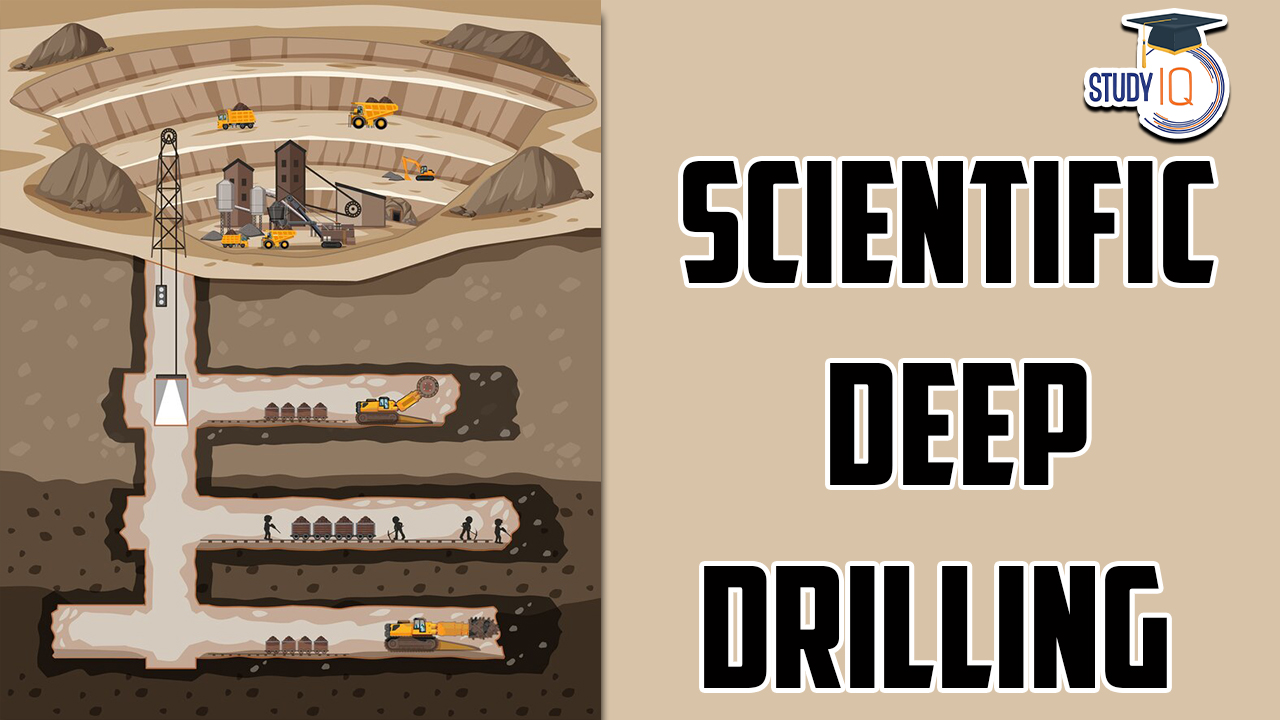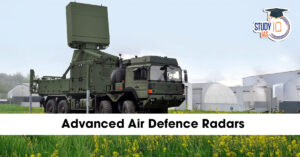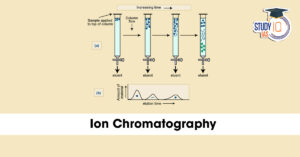Table of Contents
Context: The Borehole Geophysics Research Laboratory (BGRL) is drilling a 6-km deep hole in the Koyna-Warna region.
| About Borehole Geophysics Research Laboratory (BGRL) |
Why Koyna-Warna Region?
|
Background
- Predicting earthquakes remains a challenge, especially minor ones occurring in a plate’s interior.
- Powerful earthquakes at tectonic plate boundaries often result in significant loss and tsunamis.
- Scientific deep drilling is crucial for studying earthquakes and understanding various geological phenomena.
What is Scientific Deep Drilling?
- Definition: Scientific deep drilling involves digging boreholes to study deeper parts of the earth’s crust.
- It helps analyse earthquakes, the planet’s history, rock types, energy resources, life forms, and climate change patterns.
- Benefits of Deep-Drilling Missions
- Understanding Earthquakes: Surface observations are insufficient for studying earthquakes.
- Drilled boreholes provide direct in situ experiments and monitor fault lines and seismic behaviour.
- They offer precise data on the earth’s crust composition, structure, and processes.
- Technological Innovation: Deep drilling spurs the development of new tools, equipment, and methods for drilling, data analysis, and sensor technology.
- Understanding Earthquakes: Surface observations are insufficient for studying earthquakes.
Challenges of Scientific Deep Drilling
- Technical Difficulties: Drilling through the earth’s hot, dark, and high-pressure interior is labour- and capital-intensive.
- Maintaining long and continuous operations is challenging.
- Specific Challenges at Koyna: Drilling deeper than 3 km requires updated rigs with enhanced capacity.
- Increased depth means more complex issues, such as drilling through fractured rocks and potential equipment failure.
- Human Resources: The process requires highly skilled technical personnel for continuous engagement in harsh conditions for extended periods.
Drilling Technique
- Koyna Pilot Borehole: The borehole is 0.45 m wide and 3 km deep.
- It uses a hybrid drilling strategy: mud rotary drilling and air hammering.
- Mud Rotary Drilling: A rotating steel drilling rod with a diamond-embedded drill bit.
- Drilling mud cools the drill bit, lubricates, and brings rock cuttings to the surface.
- Air Hammering: Uses highly compressed air to deepen the borehole and flush out cuttings.
- Dynamic Decisions: The choice of drilling technique depends on rock type, fractured rock presence, water inflow zones, and core sample collection needs.
Scientific Findings from Koyna
- Success and Discoveries: The pilot mission revealed 1.2-km thick, 65 million-year-old Deccan trap lava flows and 2,500-2,700-million-year-old granitic basement rocks.
- Downhole measurements provided data on rock properties, fluid and gas composition, temperature, stress regimes, and fracture orientations.
- Hydraulic Fracturing Experiments: These experiments measured rock stress regimes, providing valuable data for understanding recurrent earthquakes.
- Significant Findings: Presence of water down to 3 km, indicating deep percolation and circulation.
- Koyna region is critically stressed, with small stress perturbations potentially triggering small-magnitude earthquakes.
Future Prospects
- Pilot Data Utilisation: Pilot data will guide future drilling, with models suggesting temperatures of 110-130 degrees C at 6 km depth.
- Equipment and systems need to be designed to withstand these conditions.
- Ongoing Research: Over 20 research groups are studying Koyna samples.
- Research includes understanding rock frictional properties and characterising microbes in extreme environments.
- International Collaboration: International researchers are interested in Koyna core samples for projects like carbon capture and storage.


 Advanced Air Defence Radars: Types, Comp...
Advanced Air Defence Radars: Types, Comp...
 Ion Chromatography, Working and Applicat...
Ion Chromatography, Working and Applicat...
 Broadly Neutralising Antibodies (bNAbs):...
Broadly Neutralising Antibodies (bNAbs):...

























